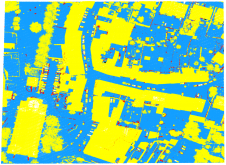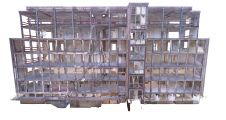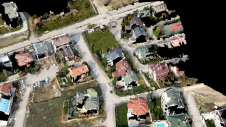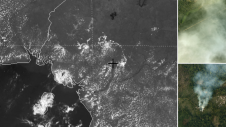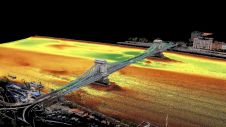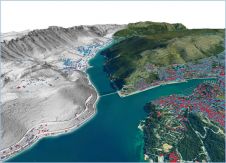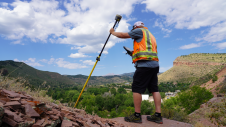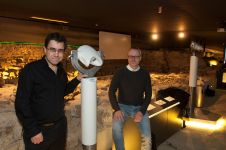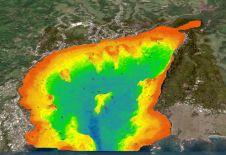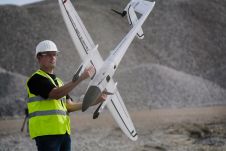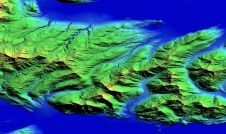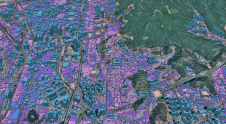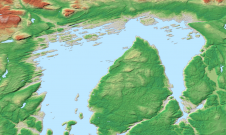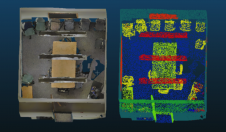基于位置的紧急服务
无论是进行商务还是娱乐,旅行都需要详细的计划。在出发之前,我们可以使用互联网搜索通往我们计划访问的所有地点的方向。但是,我们当中有多少人花时间计划对旅行期间可能发生的任何紧急情况的回应?很少有计划旅行打扰找到医院,紧急避难所或自己的国家大使馆,只有少数人会熟悉目的地的紧急程序。如果要发生什么事情,我们将如何告诉当局我们在哪里,以及他们如何指导我们如何找到安全??
The fact is, as travellers we rarely consider the possibility of a disaster striking while we are abroad or even when travelling close to home. Consumed by the details of the pleasant experience awaiting us, we forget to plan for our own safety. The consequences can be catastrophic; foreign tourists, unfamiliar with language, local customs, procedures and available services, are at a disadvantage and will probably find it difficult to find safety in a time of crisis and chaos. Many recent disasters, such as the 2004 tsunami, the earthquakes that hit China in 2008 and the 2009 Australian wildfires, clearly illustrate the need for emergency information readily available to both local citizens and tourists alike.
?
Surviving Disaster?
灾难的生存能力在很大程度上取决于几个因素的组合,包括预警或通知以及找到避风港的能力。时间是最关键的因素。提前警告灾难使人们能够寻求庇护所并摆脱伤害。但是,大多数灾难,例如地震,没有警告。知道在灾难中去哪里会增加生存的机会。紧急情况引起的混乱和混乱增加了获得此信息的挑战。
Both travellers and local citizens may be unfamiliar with evacuation routes, procedures or the location of shelters. Although predicting or preventing disaster is difficult, technology can allow us to be better prepared. Location-based Services (LBS) can improve disaster survivability by supplying information to people in the proximity of a disaster impact zone.
?
基于位置的服务?
LBS involve software solutions leveraging the association between a handheld mobile device and a wireless network. Each device/subscriber should have the necessary software configuration to operate on a specific network to track the location of the device. In addition, an LBS solution requires a GIS server application to provide the device owner with information such as emergency alerts, evacuation routes and shelter location relative to their own.
Software applications on the LBS device help the user understand data such as their location/environment, time, resources and activities or events. The result provides situational awareness, so that the user understands where they are, where they are going, how to arrive there more efficiently, what they need to know about the place they are going to, what they will need to do when they get there and how their surroundings relate to their given situation. Figure 2 illustrates the interaction between software applications, the device?s ability to know its location and the network consuming and feeding information back to the user.
?
Community Alert?
Providing location-specific information is mainly the function of the software application running on the mobile device. But the device also plays a role, and screen display size may present working constraints. This means the software application should be designed for compatibility with the device to be used. For example, a user is not going to be able to type much onto a small, two-inch LCD screen on the keypad of a mobile phone. It is therefore important to select a device that provides display capabilities appropriate to the desired software and tasks to be performed.
Many manufacturers are building devices with GPS chips already embedded in them. This feature allows the device to report its position to a central server, or back to itself through a user interface. Interfaced with a software application the device becomes essentially spatially intelligent and can alert the user to events, workflow triggers and other crucial information relating to their surroundings, all functions important in providing emergency alert. In an emergency LBS technology will first alert the user to an event having occurred, secondly provide them with their proximity to the epicentre, thirdly provide either a map or detailed textual instructions regarding evacuation and shelter locations, and fourthly indicate whom to contact for further help and/or assistance.
?
Device Features?
The mobile device is a strategic element in emergency alert because it is the object with which a user interacts to get information. The ability of the device to run sophisticated applications and perform multiple functions, such as communication and data acquisition and management, is therefore extremely important. To ensure GIS enablement some simple rules apply for the selection of a mobile device. It should:
- 能够报告其位置(或通过配件来增强以执行此功能)
- 提供与所使用的应用程序相称的显示分辨率? - 足够坚固以承受沉重的磨损。
?
Preparedness?
We have described a solution using products and technology readily available on the open market. However, implementing LBS solutions for emergency alerting has yet to be accomplished due to privacy issues and network costs; many consumers view location tracking as an invasion of privacy, and without revenue opportunities telecommunication providers have no incentive to provide LBS. Thus greater public safety must be ensured by government legislation and investment encouraging telecommunication companies to provide emergency alerting and messaging based on location.
GIS技术支持在移动环境中提供基于位置的紧急警报和说明的能力。它具有分析能力,可以识别移动电话用户在危险区域内的位置,确定远离危险和确定庇护所的最合适路线。GIS在消耗由GPS确定的移动电话位置信息的服务器上发挥作用,从无线网络提供商那里获得了三角测量或在线通知。然后,当设备无法支持图形地图接口时,通过MAP接口或作为文本/音频指令将基本信息通过MAP接口或作为文本/音频指令呈现。
?
Action Plan?
许多电信和移动设备提供商对LB感兴趣,但很难确定为客户提供服务的价值。因此,负责紧急管理的政府机构也许应该考虑补贴这项能力作为紧急通知系统的一部分。随着消费者开始了解访问其地理位置上下文的信息的价值,对额外LBS功能的需求将增加。在此之前,消费者,尤其是经常旅客,应联系其电信提供商或当地急诊管理官员,以询问是否可用,如果没有,则何时可以使用。许多询问肯定会促进意识并引起人们对Providingsuch功能的兴趣。
美国ESRI的国土安全专家保罗·克里斯汀(Paul Christin)


